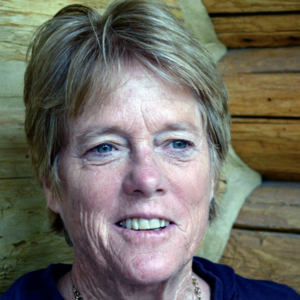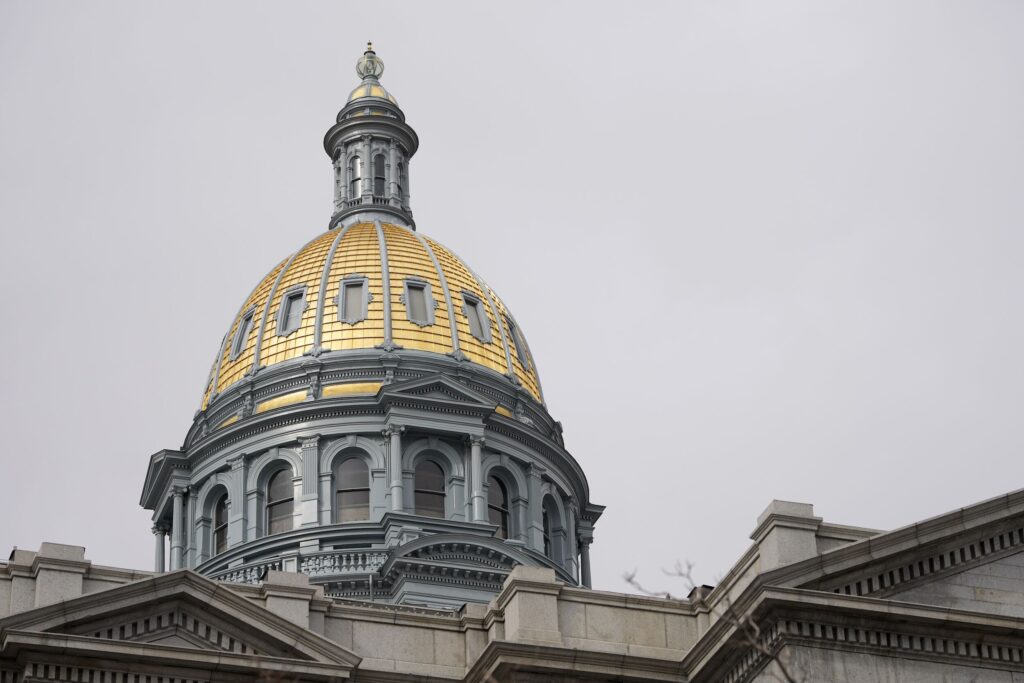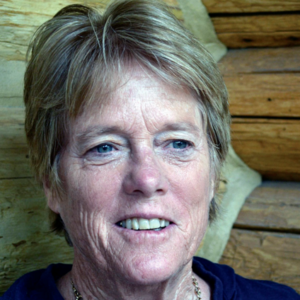NOONAN | Research COVID’s impact on school kids


Two years of COVID and counting. Jefferson County Schools announced recently that the Jeffco Board of Health rules for school children will end on Dec. 22. No more testing or quarantines will be required, but indoor masking will continue.
The Jeffo Board of Health believes that by January when school starts again enough students will be vaccinated to reduce requirements related to COVID testing. Of course, the success of this change will depend on parents getting their kids their shots.
According to the Board of Health, the county needs an 80% vaccination rate for “herd immunity.” High vaccination rates stopped polio in the 1950s and ended chicken pox, measles, mumps, rubella, diphtheria, typhus and tetanus scourges of previous generations. Parents in the 1950s were ecstatic when their children were finally protected from polio. That vaccination commitment has expired for many people.
Jeffco’s changes will be a partial relief to many parents. Given the variety of rule implementations by school districts, it’s impossible to provide a universally correct perspective on what’s happening to school kids due to COVID, but it is possible to examine specific experiences.
In this year’s first semester at Jeffco schools, vaccinated kids were not required to be tested. Of course, many kids weren’t vaccinated until recently due to availability and accessibility. Unvaccinated children had to be tested weekly to participate in extracurricular activities.
Unfortunately, in some cases, even if kids were vaccinated, they came down with COVID. On occasion vaccinated infected kids were “in close contact” with other kids who may or may not have been vaccinated. Any child in “close contact” with an infected student went into quarantine whether they were sick or not or vaccinated or not.
This policy caused consternation. It meant that children without COVID but who were “close to” an infected child were away from school, missing lessons and interaction, for a significant period of time. For high school students, the quarantines can affect their grades, college choices and admissions and sports competition.
Masks and masking are another source of consternation. In Douglas County, parents of vulnerable children have sued the school district to ensure that kids will mask. In Jeffco, some parents object in the other direction. Masking requirements cause some students anxiety and create mental health issues necessitating treatment. This is known as a quandary.
Bottom line, COVID has caused a damned if you do, damned if you don’t year. But it also creates an unprecedented opportunity for research if the state, or some entity, will fund it.
For example, wouldn’t it be handy to document the number of student COVID infections by age, by vaccination status, by masking requirements, and by district? Wouldn’t it be useful to identify the percentage of COVID infections spread by vaccinated students vs. unvaccinated students by district? Wouldn’t it be helpful to determine to what degree COVID testing of vaccinated students and unvaccinated students reduces infection rates?
What about masking vs. not masking? It would be helpful to settle the question of whether wearing masks in school settings reduces COVID infections. It would also be beneficial to survey parents and children to determine the effect of masking on well-being. That is, how many students are seeking and/or receiving mental health care since the implementation of masking? Are there differences between districts that require masks or don’t require masks in various mental health statistics, from seeking school counseling to professional out-of-school counseling to more intensive mental health supports?
It’s been a century since an epidemic of the magnitude of COVID hit humankind. Needless to say, today’s resources weren’t available in 1918. With this epidemic, we have no excuses. We have the computer power and expertise to conduct the analyses that will enable us to meet the next epidemic’s challenges more effectively.
The state has some money sloshing around at the Capitol due to the epidemic. Much of the money has already been allocated to support businesses and employment and to help hospitals and other medical facilities meet the COVID challenge.
As legislators consider where to put additional dollars flowing into the state, they should budget for disciplined, rigorous studies to enable us to be smarter and better the next time an epidemic hits. Think Omicron.
Paula Noonan owns Colorado Capitol Watch, the state’s premier legislature tracking platform.










